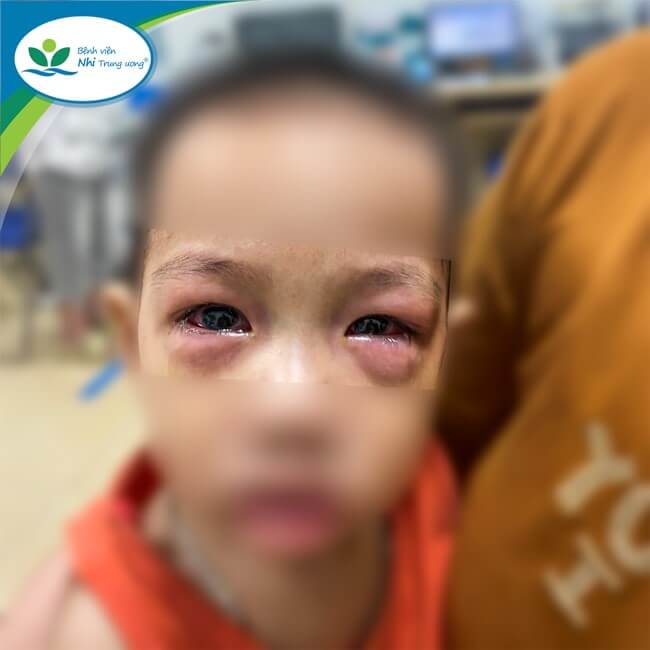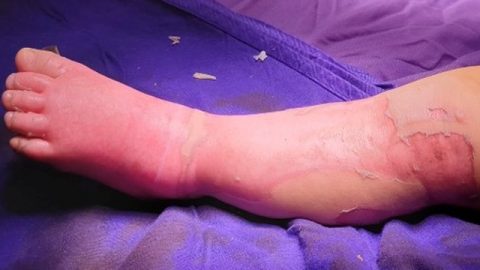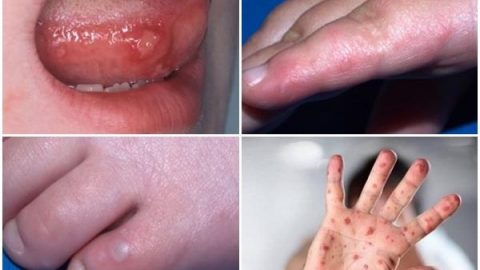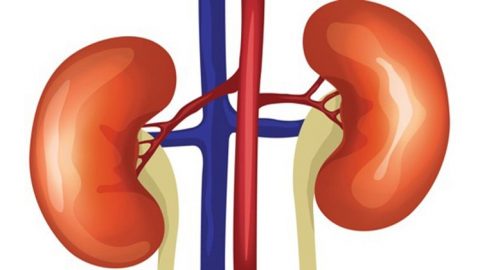In just the past month, the Department of Ophthalmology at the Vietnam National Children’s Hospital has received nearly 50 cases of acute conjunctivitis. Among them, 10-20% of children have experienced severe complications such as pseudomembranes requiring removal or corneal abrasions.
Acute conjunctivitis, commonly known as red eye, is the inflammation of the clear, outermost layer of the eye (the conjunctiva) and the eye’s inner surface (the eyelids). This condition typically occurs during the spring and summer seasons and is highly contagious. In children, conjunctivitis often occurs during seasonal transitions when their bodies are more susceptible to external factors and bacterial infections. Early diagnosis and specific preventive measures can help limit the spread of the disease.

Symptoms of Acute Conjunctivitis:
- – The disease usually manifests 3-7 days after exposure to the source of infection, with symptoms including bloodshot eyes, excessive tearing, and a discharge from the eyes (which can be white and sticky if caused by a virus or green-yellow if bacterial). In younger children, symptoms can also include nasal and throat inflammation, respiratory infections, and fever.
- Notably, in children, the disease may lead to pseudomembranes (a thin white film covering the conjunctiva, causing bleeding) or superficial punctate keratitis (tiny corneal injuries). In rare cases, complications can result in corneal ulcers, potentially affecting a child’s vision in the long term.

Biến chứng viêm giác mạc chấm
Causes of Acute Conjunctivitis:
Acute conjunctivitis is typically caused by viruses, with 80% of cases attributed to Adenovirus. Other causes include herpes, mumps, and poxviruses. Children contract the disease through direct contact with secretions from the eyes, nose, or mouth (contact with infected individuals, touching their eyes, sharing personal items, etc.).
To prevent the spread of conjunctivitis, it is necessary to:
- Avoid touching the eyes, nose, and mouth. Wash hands regularly with soap and use hand sanitizer.
- If the eyes are tearing excessively or have a significant discharge, use disposable tissues or medical cotton pads (use once and discard into a lidded trash can) for hygiene. Sanitize hands after eye cleaning.
- Do not use contact lenses during conjunctivitis.
- Use separate personal items such as utensils, towels, face washcloths, bed linens, and pillows.
- Wear a mask if experiencing symptoms like coughing or sneezing.
- Disinfect surfaces in the child’s living and play area with surface disinfectants.
- Limit crowded places.
- Especially, if a child exhibits symptoms such as red eyes, excessive tearing, or significant eye discharge, it is advisable to seek medical attention at an eye clinic for timely treatment and complication management.

Nên cho trẻ sử dụng riêng các vật dụng cá nhân: chăn, gối, khăn mặt,..
For any inquiries or detailed advice, parents can contact the Hotline at 0246.273.8512 – 0817.126.456.






